Urban Heat Islands - Info, Resources, & Walk Guide
A map from Vivek Shandas' 2018 analysis shows temperature disparities in Portland.
What Makes Some Places Hotter than Others?
The Urban Heat Island Effect is described as the city being hotter than surrounding rural areas.
Heat islands are those areas that experience disproportionately higher temperatures (as much as 10-20 degrees) than other areas in the same city.
Heat Mitigators
Trees Canopy >45%
Large parks and green spaces
Shaded/covered areas
Reflective surfaces on buildings, green roofs
Buildings of varying heights to increase air flow and provide shade
Heat Amplifiers
Tree canopy <10%
Industrial zones
Uncovered parking lots
Major roadways
Dark surfaces on buildings and ground
Health Risks
Dehydration, especially for elderly, homeless, and low-income communities
Heat turns air pollution into smog, increasing complications for people with heart or lung conditions
Organ failure. The most frequent cause is cardiovascular failure, when the heart cannot pump blood fast enough. People can also die from heat stroke, when the body’s internal temperature rises by several degrees and cannot cool off, causing organs like the brain, heart or kidneys to fail.
Equity, Gentrification & Displacement
Research shows that “areas prone to excessive heat are disproportionately populated by low-income communities and people of color due to racist housing policies that stretch back more than a century.”1
Of the 108 urban areas analyzed, Portland came in with the worst temperature discrepancy between rich and poor, a difference of almost 13 degrees.
How do we ensure that residents of these areas are not displaced due to gentrification, if/as their neighborhoods see increased investment & infrastructure improvements?
How do we ensure that dense/multi-family housing and trees are not mutually exclusive?
RESOURCES
READ
Summer in the City Is Hot, but Some Neighborhoods Suffer More - The New York Times - Aug. 9, 2019
Historically Racist Housing Policies Exacerbating Climate Change Effects in Low-income Portland Neighborhoods - The Oregonian - January 20, 2020
L.A.’s New Reflective Streets Bounce Heat Back into Space - Reasons to Be Cheerful - September 17, 2021
Climate Change and Hot, Dry Summers Mean Big Trouble for Oregon’s Trees - The Oregonian - Sep. 17, 2021
The Greatest Killer in New Orleans Wasn’t the Hurricane. It Was the Heat. - The New York Times - Sept. 15, 2021
I think that I shall never see/An urban cooling device as effective as a tree - Bill McKibben - September 22, 2021
Portland State study shows ways to reduce extreme heat in city neighborhoods - July 8, 2019
Mapping Urban Heat - July 3, 2020
Vegetation Helps to Lessen the Effects of Urban Heat Islands - September 25, 2015
Biden’s ‘Heat Island’ Strategy Ignores Cars - Streets Blog USA - September 20, 2021
LISTEN
Heat and Health in American Cities - NPR: 3 Part Series - September 2019
Urban Heat with Dr. Vivek Shandas - Treehugger Podcast - September 28, 2020
PSU professor suggests ways cities could adapt to hotter temperatures - Think Out Loud - August 12, 2021
MORE
PSU Profile - Vivek Shandas
Tree Equity Score - Find your score and help create Tree Equity in cities and towns across America.

